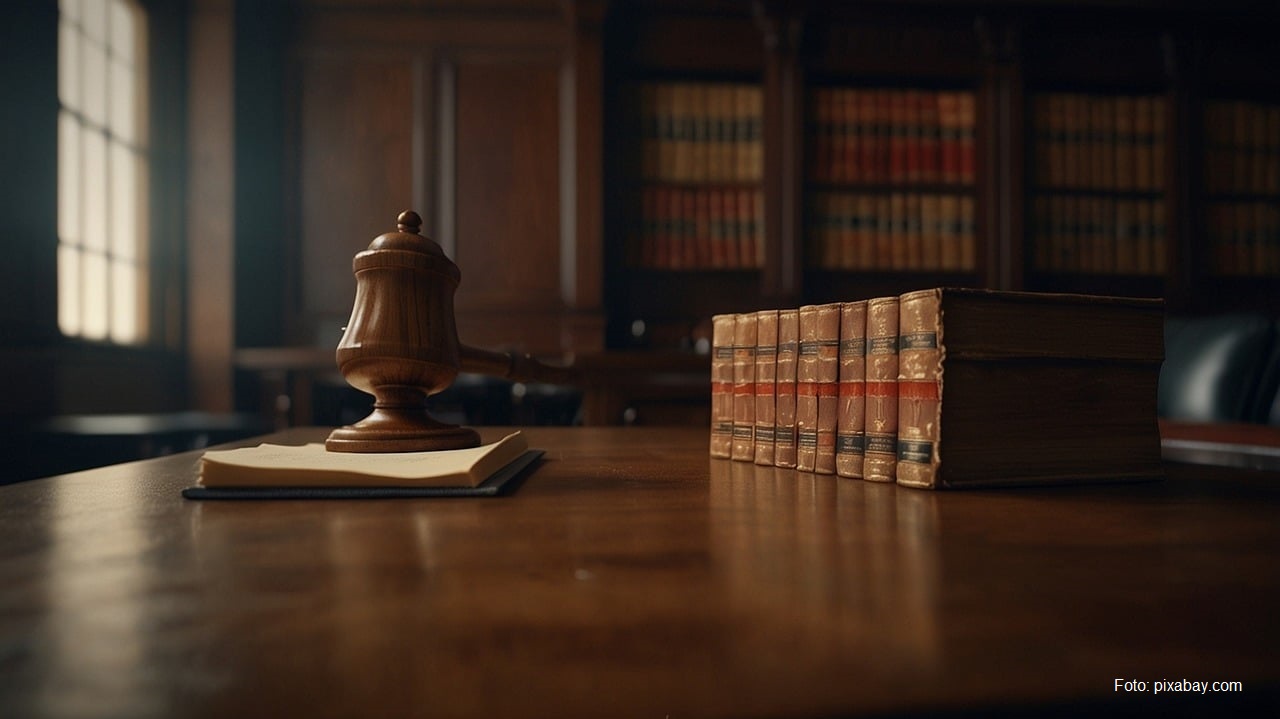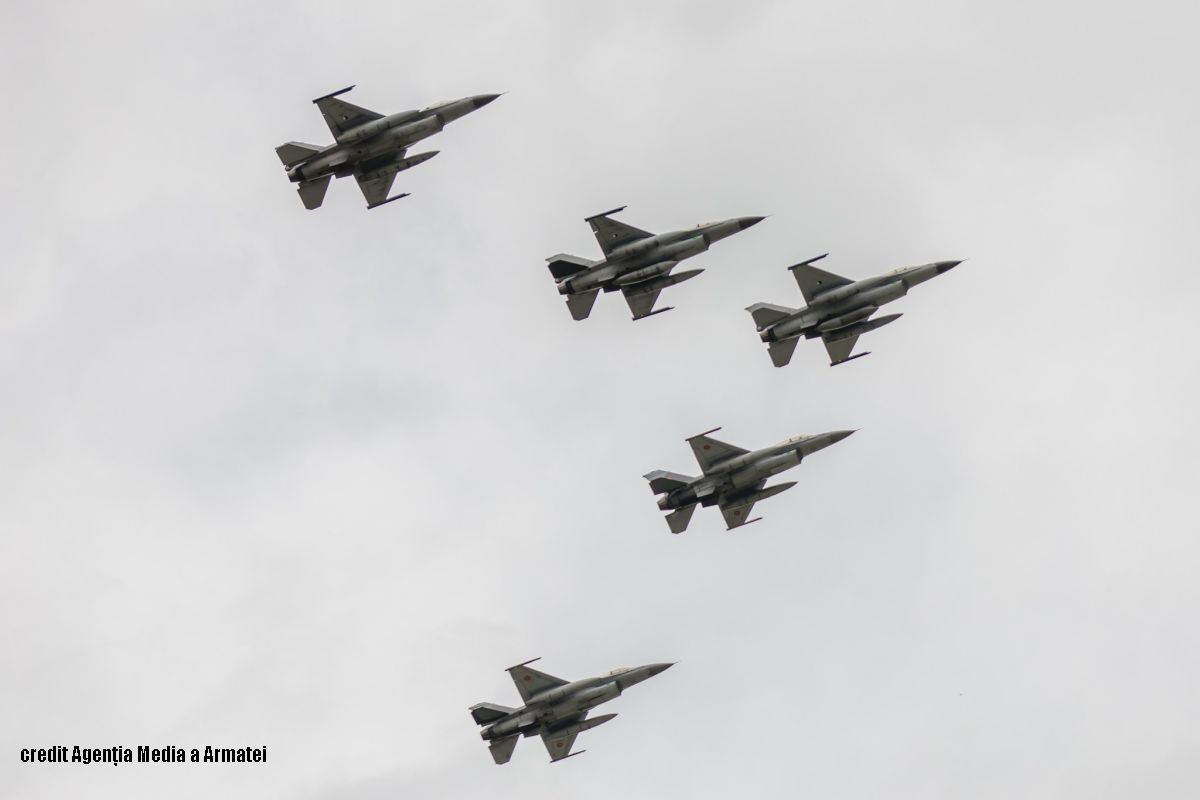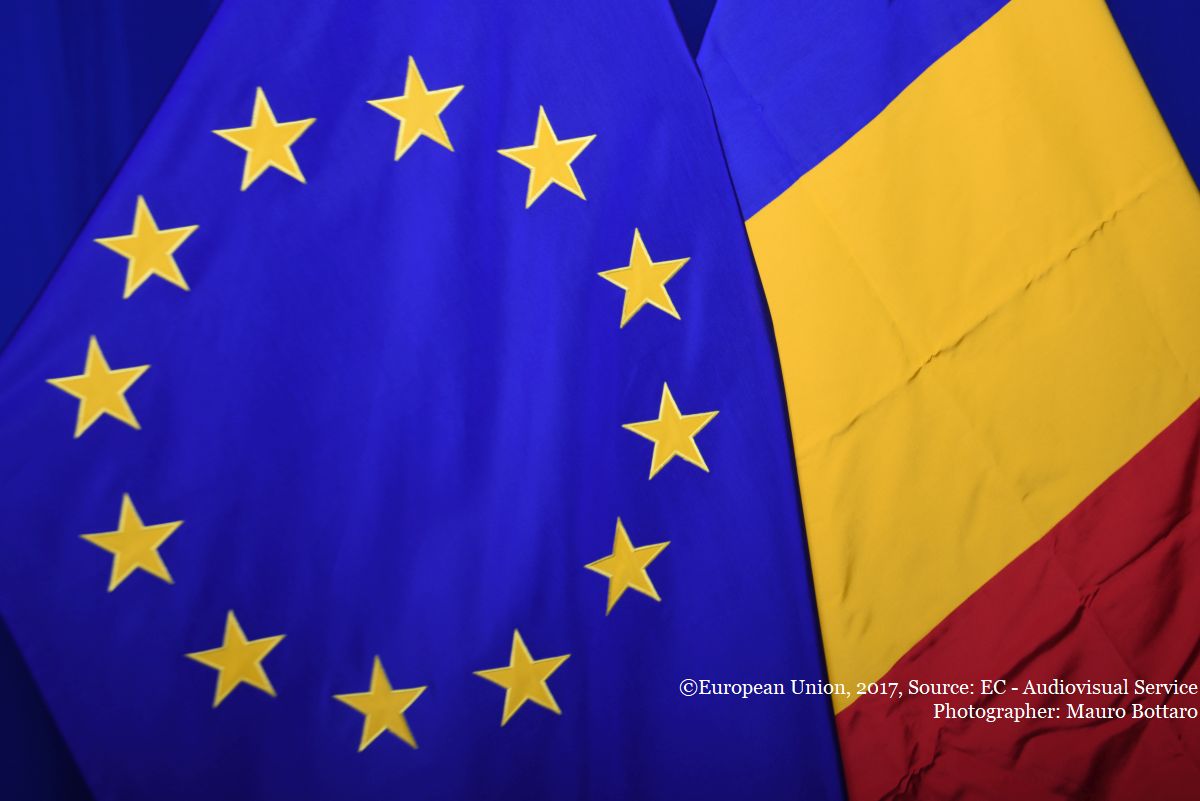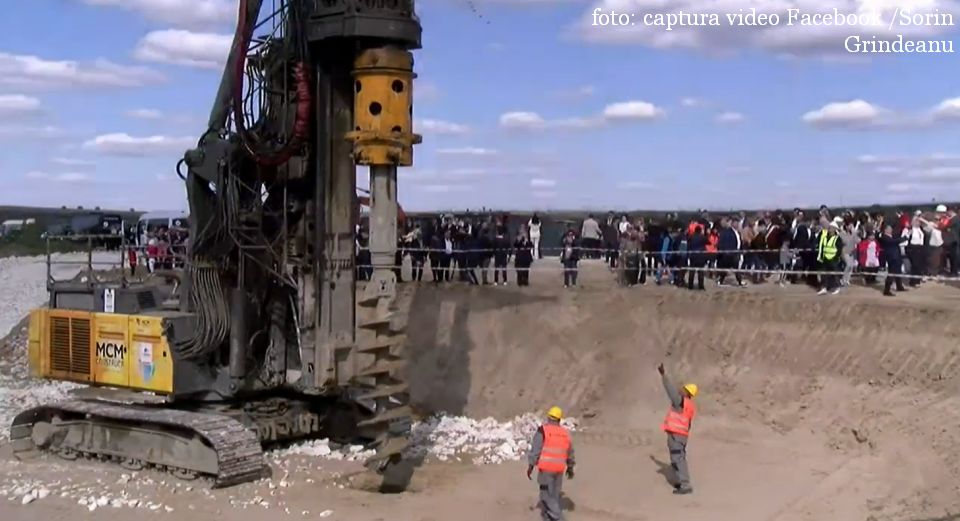The political class and the union of the Romanian principalities
On Sunday, Romanians the world over celebrated 157 years since the union of the historical principalities of Wallachia and Moldavia, a cornerstone in the process of making the Romanian modern state. The festivities aimed at celebrating the event added to

Corina Cristea, 25.01.2016, 14:00
On January 24th 1859, Alexandru Ioan Cuza, who had become ruler of Moldavia on January 5th, was also appointed ruler of the southern principality of Wallachia in a move that is believed to be the ‘de facto’ union of the two countries inhabited by the Romanians. Three years later, on January 24th 1862, the union of the two principalities got international recognition and the newly formed country became known as Romania. 59 years on, in 1918, Romania completed its territory after uniting with three other provinces preponderantly inhabited by Romanians: Bessarabia, Bukovina and Transylvania.
In the wake of WW II, Romania lost two of these provinces, Bessarabia and Bukovina. The unification of Romania’s historical principalities is believed to be the first step in the process of creating the national union state of Romania and the 157 years that passed since the event have been celebrated by the Romanians all over the world. Traditional music concerts, military parades, religious services were staged all across the Romanian territory and communal meals were given by the local authorities. Attending the festivities in Iasi, north-eastern Romania, president Klaus Iohannis gave an address evoking the lessons of that historic event and their legacy, urging the political class to reconnect to the citizens’ expectations, rebuild the trust that has been shattered in time and assume responsibilities.
Klaus Iohannis: “The desire of the Romanians on either side of the Milcov river to be together was understood by the elite of the time who managed to materialize their need into an act of high political ability and solidarity. Actually, there was no political entity or personality of the time that did not put their shoulder to this project. At that time the political stage was also marred by rows, divergences, hidden or open crises. The unification process had to stand up to the old political issues and also to interests from outside the two principalities. However, with maturity and skill the political elites of the time managed to get over all these obstacles and eventually made it.”
At the events in Iasi, where the guest of honour was Chisinau’s mayor Dorin Chirtoaca, Romanian Prime Minister Dacian Ciolos drew a parallel between the country project of that time and the present one, underlying that his cabinet would be trying to capitalize on the generous idea of union around some widely-shared principles and goals. The Speaker of the Romanian Senate, Calin Popescu Tariceanu recollected that January 24th represented the corner stone in the process of creating the Romanian modern state.
“The Union of the Romanian Principalities has been a blending of political intelligence and patriotism, a moment when the political elite shared the people’s ideals”, Social Democratic leader Liviu Dragnea said. The co-president of the National Liberal Party, Alina Gorghiu, said the present generation of Romanians has been called to improve the country project drawn up 157 years ago.






























